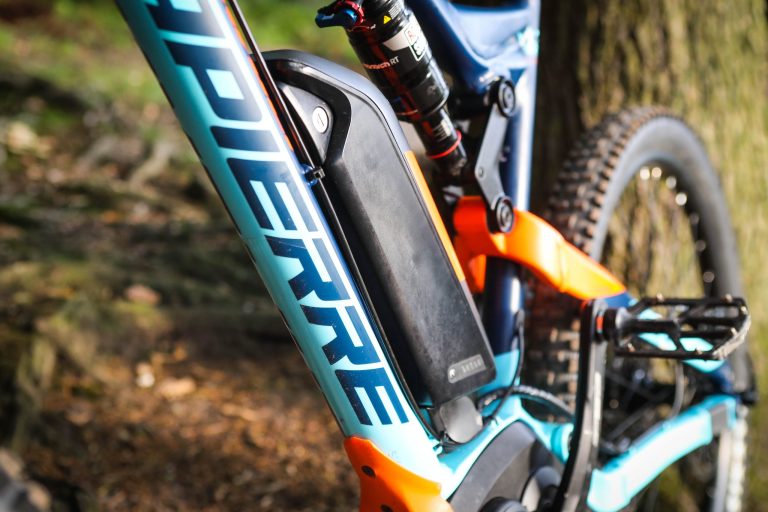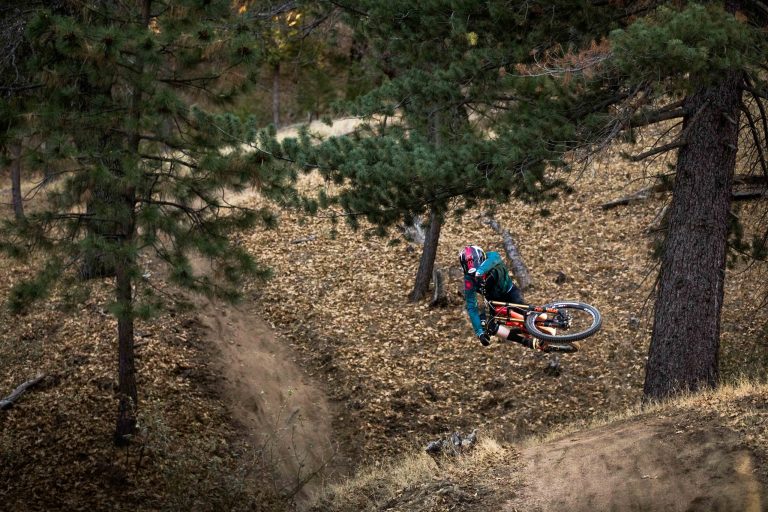
Because the development was aimed at a certain level of high rolling clientele, Dwayne did not want to see scrubby trail signs and so paid a considerable cost to have five–foot tall granite plinths built as trail markers which blended with the aesthetics of the rest of the development. Rather than seeing the trails as a nuisance and disruption they are considered as value added to the estate development.
But that wasn’t the end of it, because Danimal was viewed as a heritage trail that was irreplaceable (several older locals were very disapproving that Danimal was impacted in any way) Dwayne agreed to also pay $10,000 dollars for a bridge to connect two sections of Comfortably Numb that were impassable due to a deep canyon and river.
Since then the zero net loss policy has been utilized when the Sea to Sky highway improvement project impacted trails south of Function Junction and when the Rainbow and Baxter Creek development affected the connection between the subdivisions of Alpine and Emerald, namely a trail called Shit Happens, which is ironic.
Classlessness Of The Powerful PeopleSo really, what Whistler has is the absolute optimal conditions for world class trails. There is the local municipality that functions to govern a town built on tourism and who recognise the value of mountain biking to the community and economy. You have a local mountain biking organisation that had power and the respect of stakeholders, as well as the balls to make bargains with developers that would seem ridiculous to an outsider. You have developers who were responsive to the needs of the mountain bike community and could see the value to their property if integrated with the trail network.
A big part of why this is the way is because how many people mountain bike in the valley and the depth of the mountain biking culture in the fabric of the town’s structure. WORCA annually attracts over 1600 members (1600 members is a staggering number for one club, especially when you consider that Whistler only has a population of around 10,000) due to its far reaching activities such as Thursday night Toonie races (named because it costs just $2 to enter), Phat Wednesday races (the DH counterpart and which also only cost participants $2), youth skills camps and clinics, the annual bike swap (which raised $13,000 for the WORCA youth program in 2011), as well as maintaining the local trail network through volunteer work and the distribution of specifically allocated funds to locally recognised and experienced trail builders.
In the winter everyone is on the snow, and come the spring the skis and boards are put away and bikes are dusted off. It is a very straightforward seasonal transition. Because of this you can often find yourself sharing the trails with the town mayor, councillors, the local GP, or executive director of Whistler-Blackcomb. Everyone bikes, or at least has a very close relationship with its impact. Mountain biking is well respected and loved. To not mountain bike in Whistler is seen as an exception to the rule rather than vice versa.>>





